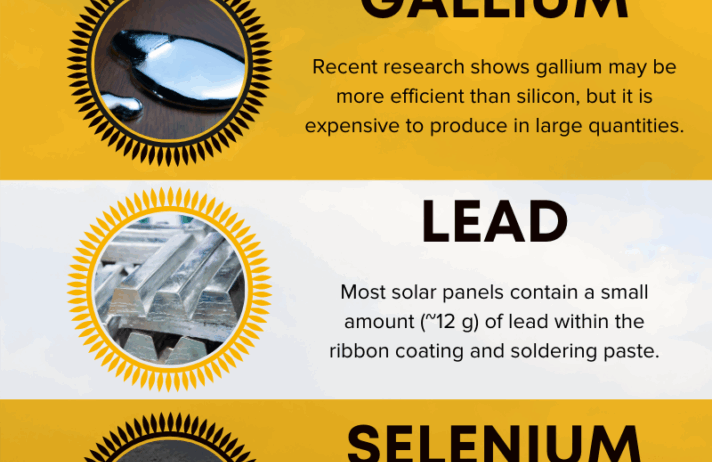In contemporary discourse surrounding environmental sustainability, solar panels have emerged as both champions of renewable energy and objects of scrutiny. The question often posed—do solar panels help or hurt global warming?—is not merely a binary inquiry. It calls for a nuanced exploration of their multifaceted impacts on climate dynamics. Indeed, the implications of solar technology extend beyond mere energy production; they touch on economic, environmental, and sociopolitical spheres. This examination will elucidate both the favorable and contentious aspects of solar panels, ultimately revealing that while there are challenges, the net impact on global warming is decidedly positive.
At the forefront, the most apparent benefit of solar panels is their potential for carbon dioxide (CO2) reduction. Solar energy harnesses the power of the sun to generate electricity, thereby obviating the need for fossil fuels. This transition is pivotal, as fossil fuel combustion is one of the leading contributors to greenhouse gas emissions. According to various studies, for every megawatt-hour of solar energy produced, significant amounts of CO2 are avoided—which translates to less atmospheric warming.
Moreover, the use of solar panels contributes to a diversified energy portfolio, which enhances energy security. By relying less on non-renewable sources, nations can mitigate the risks associated with fluctuating fossil fuel markets. This shift not only curtails reliance on imported energy but also creates leverage to implement progressive environmental policies.
However, the production of solar panels is not without its environmental costs. The manufacturing process for photovoltaic cells can involve toxic chemicals and significant water usage. Silica, for example, is the primary raw material for most solar panels, and its extraction can result in land degradation and adverse health impacts on local communities. Furthermore, certain solar panels contain elements such as cadmium, which is hazardous in large quantities.
X-ray imaging and careful inspection have revealed that while the operational phase of solar panels is largely clean, their lifecycle begins with a more ambiguous environmental footprint. It is critical that sustainable practices be adopted in the manufacturing stage, such as utilizing less harmful materials and implementing more efficient processes. Advancements in technology have already led to innovations, including the development of thin-film solar panels that require less material and energy to produce.
The overarching concern, nonetheless, lies in the end-of-life management of solar panels. As solar energy becomes more prevalent, the eventual decommissioning of old panels presents a burgeoning challenge. While many panels can last upwards of 25 years, the waste generated at the end of their lifecycle poses disposal and recycling complications. This could potentially negate some of the gains made during their operational phase if not addressed properly. The establishment of comprehensive recycling programs will be essential to achieve a circular economy in the solar industry.
Despite these concerns, the consensus among climate scientists is that solar panels play a crucial role in combating global warming. The energy crisis exacerbated by climate change is urging nations to pivot towards renewable solutions. As solar technology continues to advance—enhancing efficiency and affordability—it can serve as a primary solution in reducing greenhouse gas emissions on a larger scale.
Additionally, solar panels can facilitate greater public engagement in environmental issues. Community solar initiatives empower local populations, allowing them to invest in renewable energy sources directly. This grassroots approach fosters a sense of ownership and responsibility towards sustainable practices, turning passive consumers into active participants in the fight against climate change.
Stark statistics illuminate the transformative potential of solar energy. According to recent analyses, transitioning to solar energy can potentially reduce global CO2 emissions by as much as 4 billion metric tons annually by 2030. This figure is not merely an abstraction; it represents the reduction of harmful pollutants that contribute to the greenhouse effect.
Furthermore, the proliferation of solar energy can have economic benefits that compound these environmental advantages. As more solar installations come online, job opportunities in manufacturing, installation, and maintenance sectors will expand. Green jobs are pivotal to fostering a resilient economy capable of withstanding climate fluctuations. Solar industry jobs are projected to increase substantially as governments implement policies that incentivize renewable energy adoption.
An often-overlooked aspect is the role solar panels play in enhancing energy resilience for communities susceptible to climate-related disasters. By integrating solar installations with battery storage systems, neighborhoods can secure energy access during emergencies, reducing vulnerability and dependence on centralized power grids that may fail catastrophically during natural disasters. This distributed generation model not only supports individuals during crises but also streamlines recovery efforts post-disaster.
In conclusion, while the inquiry into whether solar panels help or hurt global warming initially presents a dichotomy, the compelling evidence favors the notion that solar energy’s benefits substantially outweigh its drawbacks. The challenges associated with manufacturing, recycling, and technology need to be proactively addressed. However, the overarching narrative is one of hope and possibility—a call to action that emphasizes the importance of renewable resources in mitigating climate change. Transitioning to solar energy is not merely an alternative; it is an imperative for a sustainable future. As global citizens, embracing this renewable energy source can catalyze a paradigm shift, leading to a cleaner, greener planet for generations to come.








